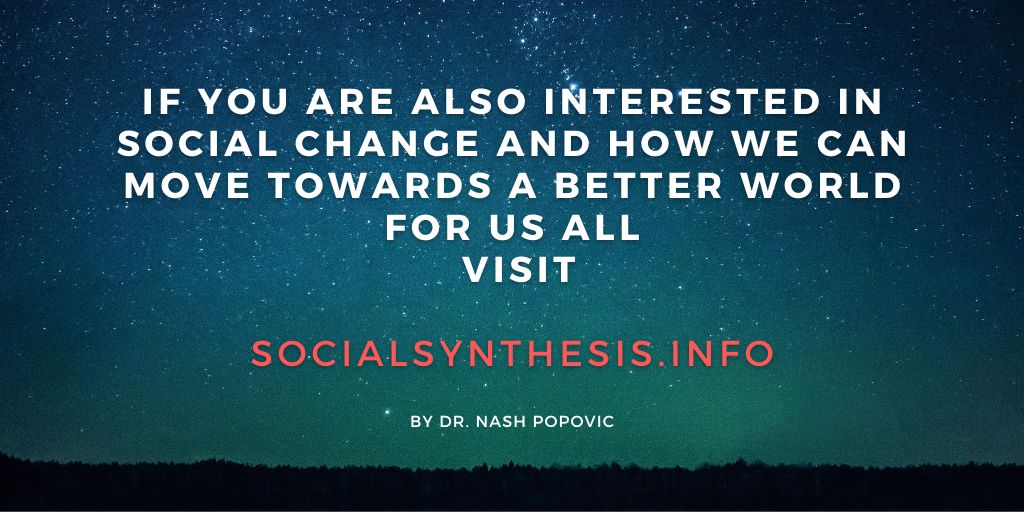37. Desires
One must not lose desires. They are mighty stimulants to creativeness, to love, and to long life.
Alexander A. Bogomoletz (Soviet-Ukrainian scientist)
As the above quote indicates, desires can be an important driving force. However, like fire, if not managed, they can easily consume our lives. A Buddhist claim that they are the source of all suffering may be an exaggeration, but no doubt that being plagued by one’s desires is inimical to being content. We will examine here how we can nurture our desires without letting them get out of control.
Awareness and Acknowledgement
As is often the case, awareness of your desires is the first step to being more in charge of them. Rather than trying to block, hide or push them aside, bring your desires to the surface and admit to yourself (if not necessarily to others) that you have them. In other words, you have to be honest with yourself. It is generally better to acknowledge even those desires you are not pleased with because you can do something about them once they are out in the open. This does not mean giving importance to every fleeting whim, but reoccurring or strong desires will not simply go away if you suppress or ignore them. So, let’s start with an exercise that can help you increase your awareness in this respect.
The chart of desires: we all have many competing desires; creating a chart or mind map of desires can help us better understand them and how they relate to each other. Start by thinking about what your central, most important desire is (perhaps to be happy or to grow and develop). Take a pen and paper and place that one in the centre and then place some other desires that matter to you around it. You can use various mind-map devices such as arrows, shapes, colours and so on to make the chart visually richer and more meaningful.
Here is an example of a desire chart:


Dealing with our Desires
Let’s now see what you can do with your desires. It is common to either blindly follow or suppress them. However, both of these are often not good solutions and have some drawbacks. Fortunately, there is a third way: dealing with your desires mindfully. This consists of asking yourself a few questions.
Is this my real desire?
Some of our desires may not be real in a sense that they are just a means to an end (e.g. a desire to have a new car may mask a desire to impress others). Recognising your real desire can help you make the right decisions and have greater fulfilment. It can also enable you to expand on your options. Rather than banging your head against a brick wall if your desire cannot be fulfilled in one way, you can look for other, more attainable ways of satisfying it. In the above example, a new car may not really impress others, or you may not be able to obtain it, but there are other ways of impressing others – or you may even realise that behind a desire to make an impression is yet another deeper desire/need. Let’s take another example: you feel the urge to visit your friend. Perhaps behind that is a desire to change your surrounding as you have been in for too long. Once you know that, if your friend is not available, you can think of other options (e.g. you can go for a walk, or visit a gallery, even watching video clips of some exotic places may help!). Now, visit your chart and check if your desires are real. To do so, ask yourself: why do I have this desire, why does it really matter? Sometimes though, it may be difficult to locate the real desire. This exercise can help with that:
Uncovering real desires: imagine vividly that your desire is fulfilled. Then cut out various elements of that image one by one (e.g. imagine that nobody is aware of your new car – would you still want it? Or, would it be equally desirable to meet your friend at your place rather than theirs?). If the desire is still strong when you take everything else out, it is likely to be real. If it is not, add back each excluded element one by one and observe which one has the strongest pull – this is the real one! For instance, if others looking at your car with admiration gives you thrills, it is self-validation that you really seek.
Change desires in your chart that are not real into real ones.
Do I want to have this desire?
Some desires may be real (in a sense that they don’t mask other ones), but they may conflict with your values, beliefs, views, ideals, aims or, indeed, other desires (e.g. your desire to eat certain food may clash with your religious beliefs or a desire to be fit). Some may also not reflect your real needs (e.g. desire to have a cigarette can be simply a habit conditioned by previous experience). Check if some of the desires in your chart clash with you or each other. You can do three things with those that are: you can try to find an acceptable way that accommodates both; you can adapt your principles or, if they are more valued (more desirable), change your desires. It is up to you which one you choose; just don’t leave the conflict to fester. If you choose the first option, change the name of the desire in the chart to indicate that it is modified. If you select the third option, do the same or erase the desire from the chart. How to erase it in your mind will be discussed in the area Gratification. For the time being, you need to accept that it is not possible to have everything. This may initially trigger emotional reactions such as anger or sadness. Expressing these feelings (through, for example, talking or writing) may help you get to the point of acceptance.
Is my desire realistic?
Unrealistic desires are desires that either may not be unattainable (e.g. world peace) or may not be, in your own view, worth pursuing (e.g. learning to play an instrument). To determine whether the latter is the case, consider the time, effort and other possible costs that their fulfilment would require. Visit your chart again and check if your desires are achievable and worth investing in. If you conclude that they are not, as in the previous case, modify them till they become realistic or erase them.
All the desires in your chart should now be real, congruent with your values and each other, and attainable. Some of them may be easily fulfilled, but some of them need to evolve into aims first, which will be addressed in one of the areas in this group.

